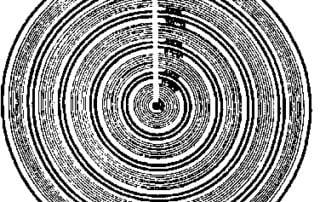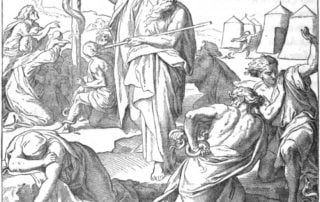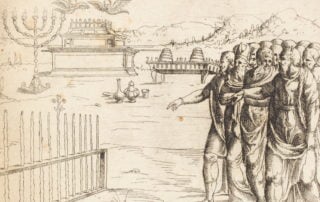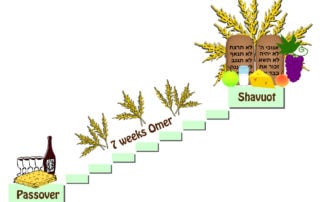Kabbalah, kabbala, kabala, qabalah, cabalah
Physics of Tzimtzum II — Collapse of the Wave Function
In the previous post “Physics of Tzimtzum I—The Quantum Leap”, we gave a general overview of the mystical doctrine of tzimtzum—the cornerstone of Lurianic Kabbalah. It is time to get into the details. The first phrase that describes the process of tzimtzum in Etz Chaim states: Ein Sof “contracted” (tzimtzem) Himself in the point at the center, in the very center of Ohr Ein Sof. This sentence raises several difficult questions: First, what could it possibly mean that the Infinite (Ein Sof) “contracted” (tzimtzem) Himself? In Hebrew, the word tzimtzum comes from the root TZM, which means “to diminish” or “to fast,” that is, to “diminish” oneself.[1] It can also mean “to be precise,” that is, to remove ambiguity.[2] The repetition of the root TZM is a grammatical form of doubling down, an extreme [...]









